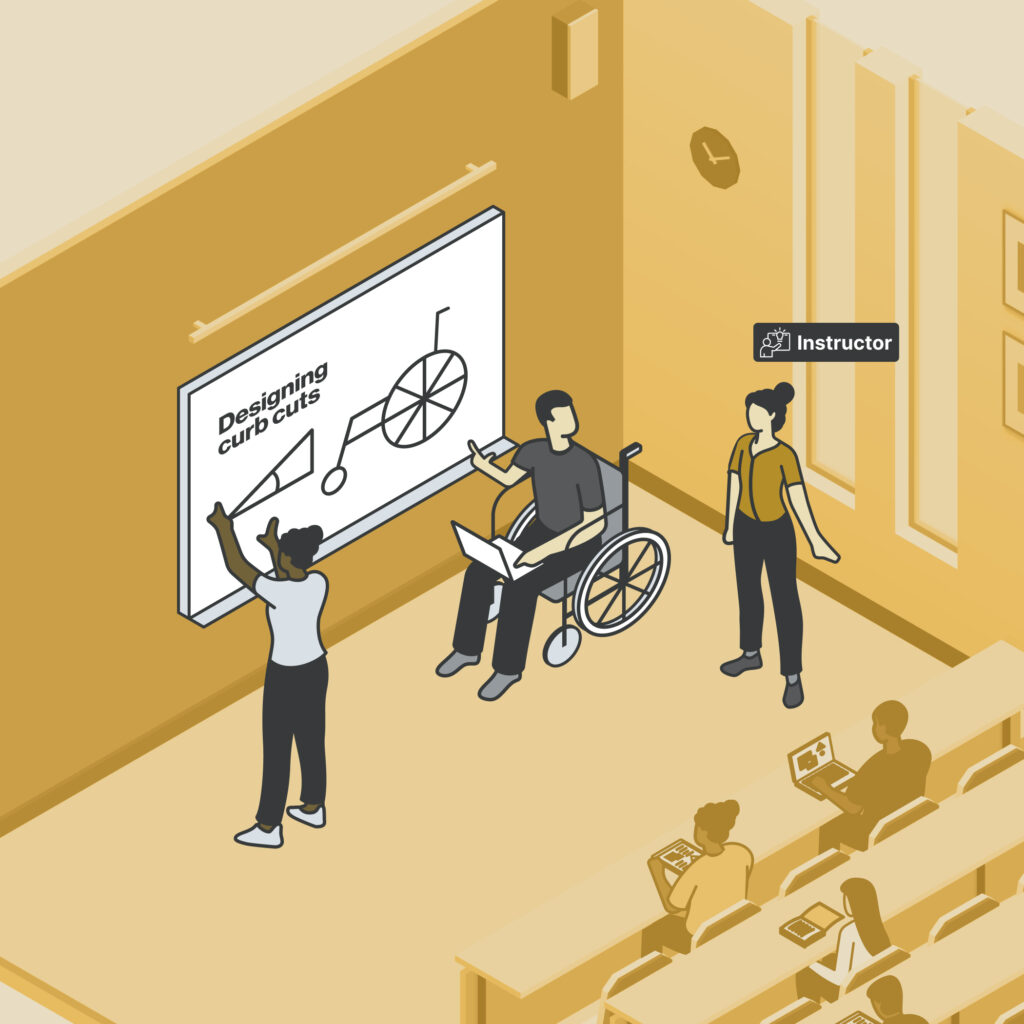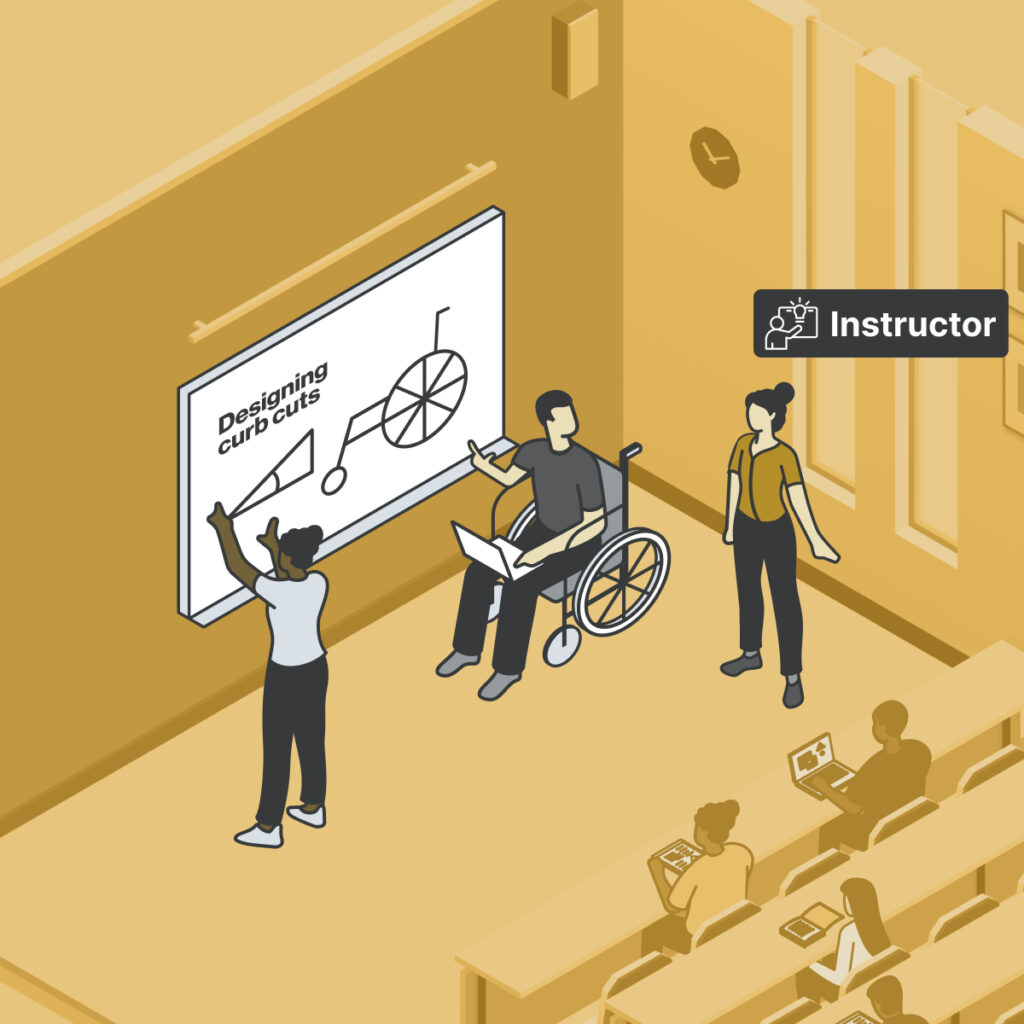Create safer and more welcoming spaces for learning

Sense of belonging describes a student’s perception that they are accepted, respected, and supported. This requires an inclusive learning environment, which professors can create in their classroom while also acknowledging the greater sense of alienation students may be experiencing within the larger institution.
If a learning environment is alienating, students’ overall well-being – and, as a result, often learning outcomes – are negatively impacted. This is especially the case for students who are impacted by systemic marginalization, which means that creating a safe, inclusive environment where students feel they belong is key to supporting student learning.
How Fostering a Sense of Belonging can be Digitally-Enabled
When designed and used thoughtfully, digital curriculum and tools can be leveraged to foster a sense of belonging through an inclusive learning environment. The ability of technology to create human connection regardless of geographic proximity can be used to highlight diverse experts in the relevant field that introduce students to perspectives that they may not otherwise encounter at their specific college or university. Technology can also be leveraged to create learning opportunities that move away from exclusionary pedagogical and assessment practices and invite students to apply their learning to solve problems they and their communities face.
Key Dimensions of Fostering a Sense of Belonging
Positive representation of students’ identities
Professors work to ensure that students’ diverse identities are not only acknowledged, but are also positively represented in the learning materials, curriculum, and course discussions. Students see themselves reflected in the content, which fosters a sense of belonging by validating their identities and experiences.


Inclusive practices and norms
Professors have clear expectations, practice active listening, encourage peer support and collaboration, address exclusionary classroom practices, and ensure consistency in course policies. These efforts create an inclusive and respectful learning environment that enhances students’ sense of belonging and well-being.
Strength-based pedagogies
Professors recognize and build upon the strengths, experiences, and unique qualities of their students. By employing pedagogical approaches that focus on students’ strengths, professors create a classroom environment where students feel valued and empowered to contribute their individual assets to the learning process.

Instructional Examples
The Instructional Example Library features a wide range of digitally-enabled examples sourced directly from instructors who are using technology to implement evidence-based teaching practices in their courses. These examples focus primarily on math, chemistry, and statistics gateway courses, but are applicable across disciplines.
Have an Example of Your Own?
Help us build our Instructional Example Library! We are looking for contributions from higher education instructors across disciplines who use technology to enable evidence-based teaching practices. To learn more and to submit an example, please visit the form page linked below. Thank you for helping us support the field.

Join the Transform Learning Community of Practice
Join us this Fall for the Transform Learning Community of Practice, an 8-week learning community for Math faculty. Participants will engage in synchronous and asynchronous discussions on the eight digitally-enabled, evidence-based teaching practices, share insights and experiences, and learn from math faculty peers. Participants are eligible for a stipend upon completion of the community of practice.
Further Reading
- Incorporating Culturally Relevant Education (CRE) in STEM Gateway Courses provides a synthesis of the literature related to CRE, discusses how CRE applies to the teaching of STEM gateway courses, and presents a framework and recommendations for future course design.
- In the video “Rehumanizing Mathematics: A Vision for the Future,” Rochelle Gutiérrez speaks about rehumanizing mathematics education by prioritizing students’ sense of belonging through curriculum design and pedagogical decisions.
- The NYU Metro Center developed a Culturally Responsive STEAM Curriculum Scorecard that stakeholder teams can use to assess the cultural responsiveness of course curriculum, including the degree to which diverse identities are represented and accurately portrayed.






